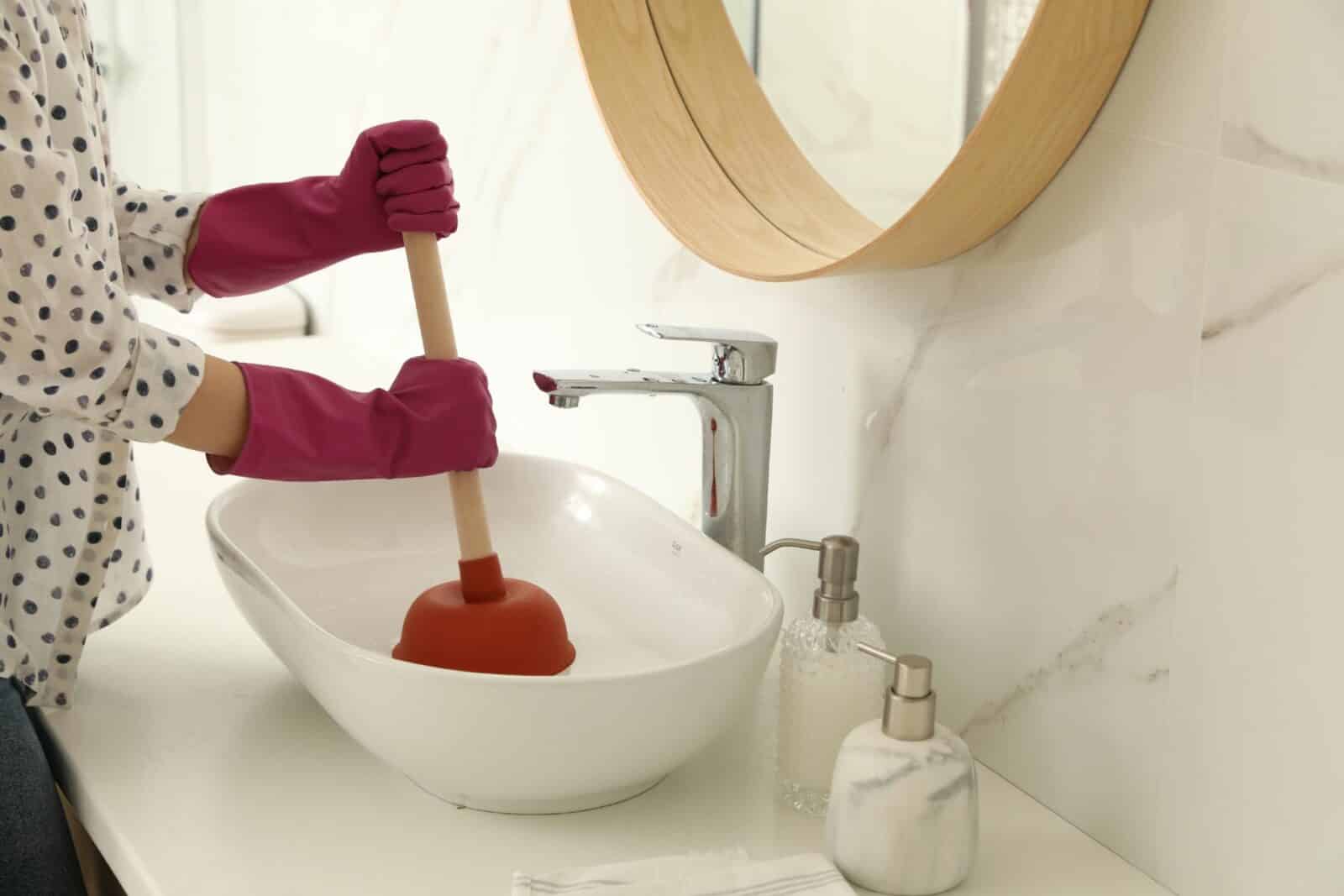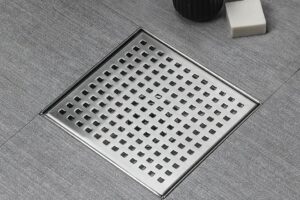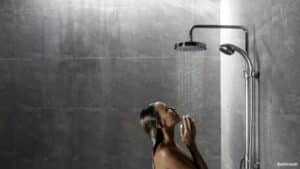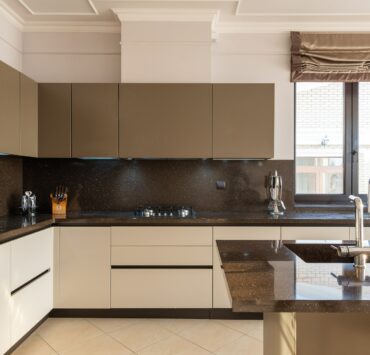A clogged bathroom sink can be a frustrating issue, but with a few simple steps, you can often clear the blockage without the need for a plumber. Here’s how to unclog a bathroom sink:
How to Unclog a Bathroom Sink
1. Gather Your Tools
Before you start, gather the following tools and materials:
- Plunger: A standard cup plunger is the most commonly used tool for sink clogs.
- Bucket: You may need this to collect water or debris that comes out of the sink.
- Adjustable Pliers: These can be handy for removing the sink stopper or P-trap.
- Baking Soda and Vinegar: A natural and effective solution for minor clogs.
2. Remove Excess Water
If there’s standing water in the sink, use a cup or container to scoop it out into a bucket. You want the sink to be as dry as possible before proceeding.
3. Try the Plunger
Place the plunger over the drain and ensure it covers it completely. Add enough water to cover the plunger’s cup, creating a good seal. Push down and then pull up rapidly several times. This action should help dislodge the clog.
4. Use Baking Soda and Vinegar
If plunging doesn’t work, try this natural remedy:
a. Pour 1/2 cup of baking soda down the drain.
b. Follow it with 1/2 cup of vinegar.
c. Cover the drain with a cloth or plug and let it sit for about 15 minutes.
d. Flush with hot water to clear the clog.
5. Check the P-Trap
If the clog persists, the issue may be in the P-trap, a U-shaped pipe beneath the sink. Place a bucket underneath to catch any water, then use adjustable pliers to remove the P-trap carefully. Clean it out, removing any debris, and then reattach it.
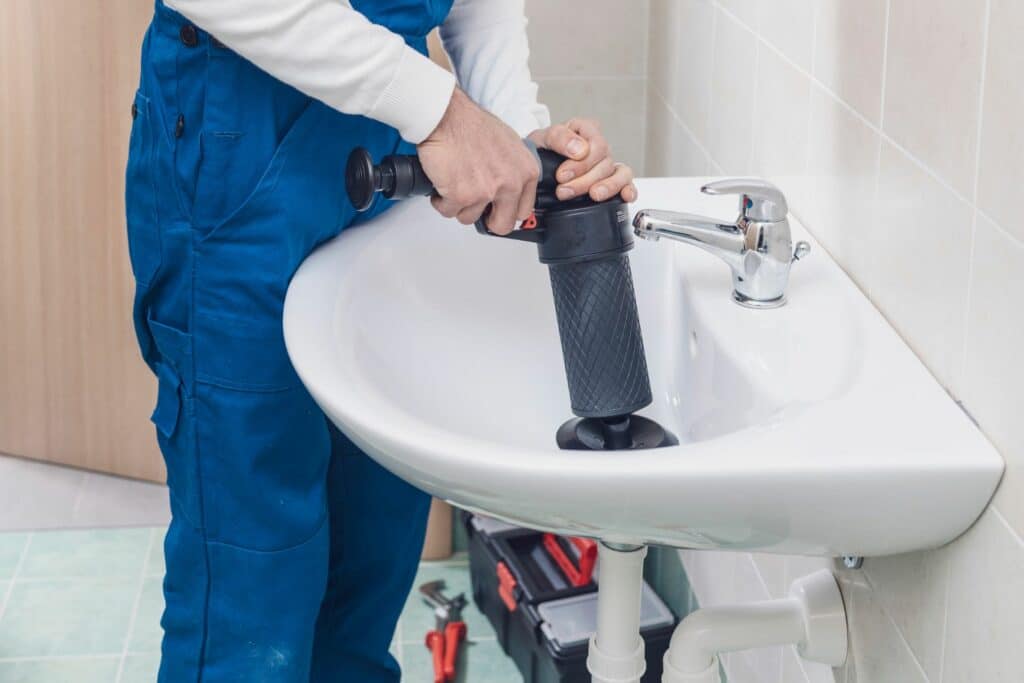 6. Snaking the Drain
6. Snaking the Drain
If all else fails, you may need to use a drain snake. Insert the snake into the drain and turn the handle clockwise to break up and remove the clog. Be cautious not to damage the pipes.
7. Prevent Future Clogs
To prevent future clogs, consider using a hair strainer over the drain to catch hair and debris. Also, avoid pouring grease or large food particles down the sink.
By following these steps, you can often clear a clogged bathroom sink on your own. However, if the problem persists or if you’re uncomfortable with any of these steps, don’t hesitate to call a professional plumber for assistance.
FAQs
Q: Can I use a chemical drain cleaner to unclog my bathroom sink?
A: While chemical drain cleaners can work, they may damage your pipes over time. It’s safer to try natural methods first.
Q: How can I prevent future clogs in my bathroom sink?
A: Regularly use a hair strainer, avoid pouring grease down the drain, and flush with hot water to prevent clogs.
Q: What if I can’t access the P-trap under the sink?
A: If you can’t access the P-trap, try the plunger and natural remedies first. If that doesn’t work, consider calling a professional plumber.
Q: Is there a way to avoid using a snake to unclog the drain?
A: Using preventive measures like a hair strainer and regular maintenance can reduce the need for a drain snake.
Q: Can I use a plunger on a sink with a pop-up stopper?
A: Yes, you can use a plunger on a sink with a pop-up stopper. Just ensure a good seal around the drain.
Q: Why is my bathroom sink still clogged after trying these methods?
A: Persistent clogs may require professional plumbing assistance. It could be a more complex issue within your plumbing system.
